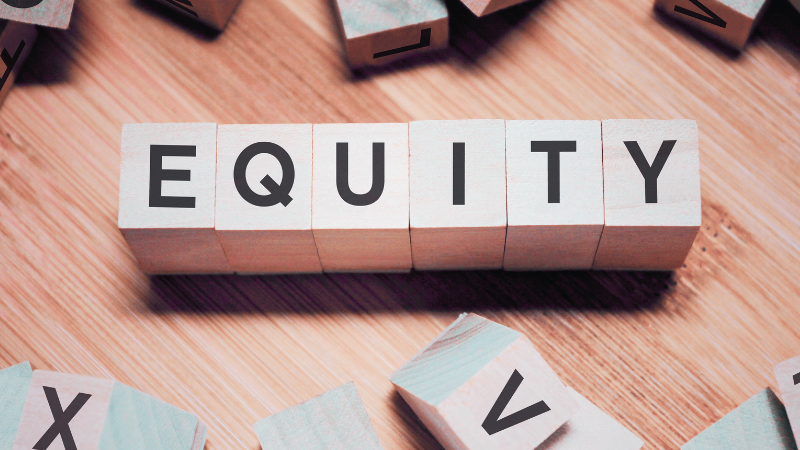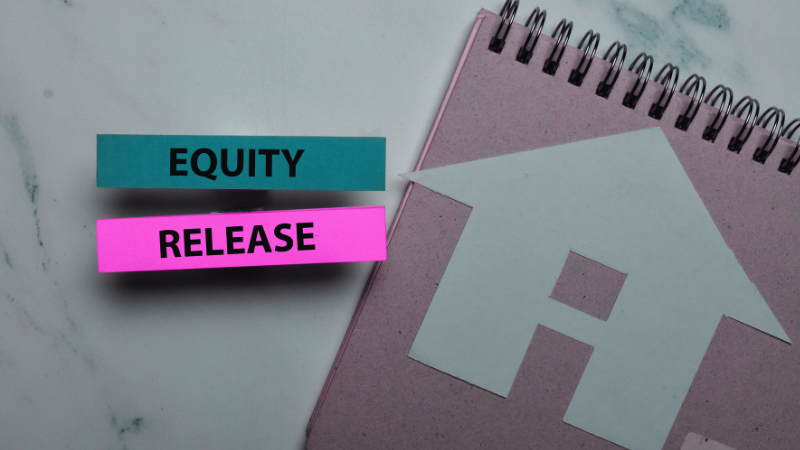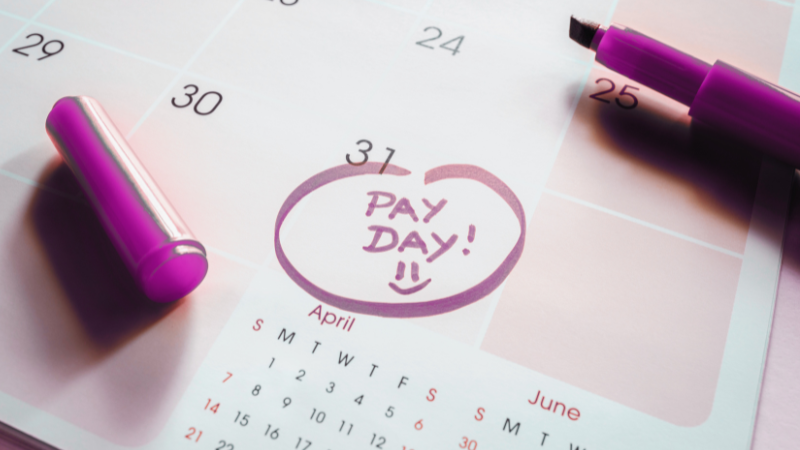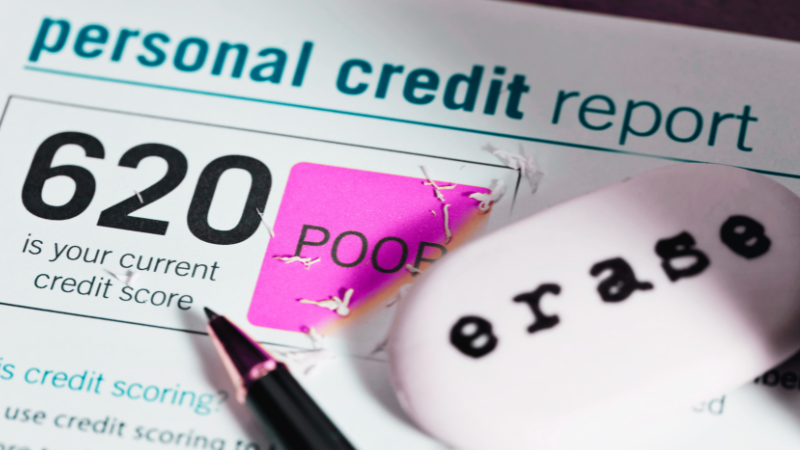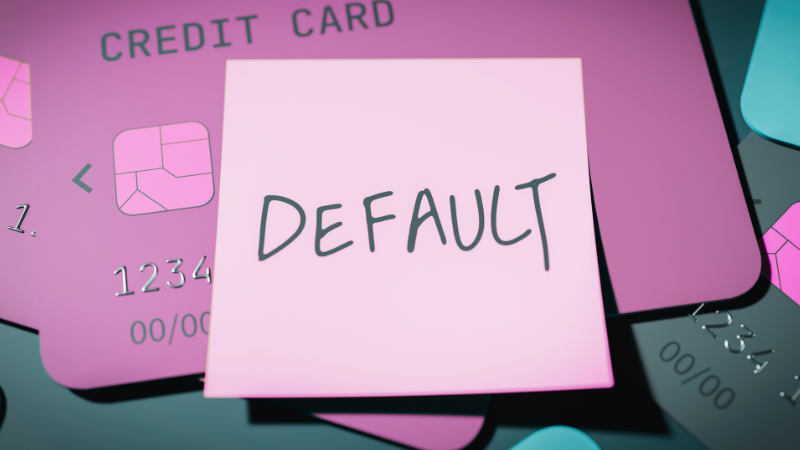If you’re considering equity release to plan your retirement or boost your finances, choosing one of the best rates on the market is vital.
Equity release allows UK homeowners aged 55 and over to unlock or access some of the money built up in the value of their homes over the years.
According to the latest market report from the Equity Release Council, the lowest advertised rate in October 2024 was 5.62% (MER), while the average advertised rate was around 6.9% (MER).
The rates are fixed for life, with most customers preferring lifetime mortgages, which make up over 99% of the market.
But who offers the best equity release rates? Comparing equity release rates from different providers in the market can help you identify the best deals.
Read on to discover who offers the best equity release rates in the UK and how equity release rates work.
Who Offers the Best Equity Release Rates?
There are plenty of equity release companies in the UK, ranging from high-street names to specialist providers. Almost all companies offer lifetime mortgages with different features and flexibilities since they’re the most popular equity release product.
Below are some of the companies offering the best equity release rates. They’re all members of the Equity Release Council (ERC) and are regulated by the Financial Conduct Authority (FCA).
Aviva
Aviva is one of the oldest equity release companies in the UK. It has helped homeowners release over £7 billion from their homes since 1998 through its equity release products and services.
The company is well-known for its range of pension and insurance products and has won several awards for its equity release products.
You can access two types of lifetime mortgages through Aviva. These include the lifestyle lump sum max and the lifestyle flexible option.
You can release a single, one-off lump sum with the lump sum max. The flexible option allows you to release an initial lump sum and set up a reserve fund, which you can draw from in the future.
Equity release rates from Aviva range from 5.51% to 5.90%.
Just Retirement
Just Retirement is a renowned equity release company with a strong presence in the post-retirement marketplace.
It has traditionally offered retirement income through annuities, but they’ve branched out to providing lending options through equity release schemes.
The company also funds the equity release products of other firms.
You can access various types of equity release products through Just Retirement. These include traditional roll-up lifetime mortgages, drawdown lifetime mortgages, interest-only lifetime mortgages and lump sum and enhanced equity release plans.
The company also has experience in medical underwriting, and you can get a higher maximum lump sum if you’re in poor health.
Equity release rates from Just Retirement range from as low as 5.39% to as high as 8.49%.
Canada Life
Canada Life has been in the UK since 1903 and is a leading investment, retirement and protection products provider.
It only got into the equity release market in 2018 after acquiring Retirement Advantage and works with advisers to help individuals, families, and businesses build more robust and financially secure futures.
With Canada Life, you can choose flexible lifetime mortgages with capital select and lifestyle select options.
You can take out a lump sum or choose a drawdown with a cash reserve to access money later. Other features include the flexibility to pay up to 10% annually and inheritance and downsizing protection.
Equity release rates from Canada Life range from as low as 5.67% to as high as 7.93%.
LV= (Liverpool Victoria)
Liverpool Victoria, which operates under the brand name LV=, has existed since 1843 and offers a range of insurance and retirement products.
It provides services directly to customers or through independent financial advisers, brokers, and strategic partnerships with other organisations.
The equity release options you can access with LV= include lump sum or drawdown mortgages.
The products are available for your primary residence, but they can also consider holiday homes and second homes. You can expect various guarantees since LV= is a mutual company that offers plans that are in the customer’s best interest.
Equity release rates from LV= range from as low as 5.64% to 7.36%.
More2Life
More2Life has rapidly grown since its launch in 2008 and is now a leading specialist lifetime mortgage provider. You can only access their equity release plans through specially selected brokers like Equity Release Supermarket.
The company offers various lifetime mortgages to cater to different individual needs, including flexi-choice plans, tailored choice plans, maximum choice plans, capital choice plans and prime choice plans.
They all have flexible features like voluntary repayments, inheritance protection, and fixed early repayment charges.
Equity release rates from More2Life range from as low as 5.74% to as high as 8.64%.
Related reading:
- Reasons for remortgaging.
- Remortgaging to release equity.
- Remortgaging to buy another property.
- Remortgaging with bad credit.
- Remortgaging for home improvements.
- I own my house outright can I remortgage?
- Capital raising mortgages.
How Do Equity Release Rates Work?
Equity release rates usually work by compounding since lifetime mortgages don’t require you to make any monthly payments.
The principal amount you borrow accumulates interest every month. This interest is then added to the principal. The new principal accumulates even more interest the next month, creating compound interest.
Since you’re not making any payments as the months go by, your total debt increases every month and can grow exponentially, especially if you live for a long time.
Repayments for equity release debts, which include the loan amount plus interest, usually become due when you die or move into long-term care.
The table below shows how an equity release rate of 5% would work if you take out a lifetime mortgage with a lump sum release of £30,000 and don’t make any monthly payments.
What Factors Affect the Equity Release Rate You Get?
Factors that will impact the equity release rate you get include:
The Loan to Value (LTV) Ratio
In standard mortgages, the LTV refers to the ratio of how much you can borrow versus how much deposit you have. In equity release, it refers to how much equity you can unlock or take out of your property.
The amount you wish to release as a percentage of your property will impact the interest rate you get. Generally, the closer you get to the available maximum, the higher the equity release rate.
The Property
Various properties may attract higher equity release rates. Lenders can consider factors like the property’s condition, location, or whether it has the potential to increase in value when determining the rate.
If your property falls below the lender’s ideal criteria, you may get a higher rate to reflect the risk involved since it can be challenging to sell in the future.
Your Health and Lifestyle
Believe it or not, poor health or an unhealthy lifestyle can be a plus in equity release. The longer you stay on the property, the longer it will take for the lender to receive repayment, so your life expectancy and health are vital.
The lender only makes a return when you pass away or go into a long-term care facility. You can qualify for better rates and higher amounts if you have a health condition or lifestyle habit that will reduce your lifespan.
Product Features
Providers usually offer different features on their equity release products. Products with extra features may mean paying a premium through higher equity release rates.
Such features can include inheritance protection, which ensures your beneficiaries inherit some property value, or fixed repayment charges that don’t change no matter how much you repay.
Plans with fewer features may have lower rates, so carefully consider the features you want and whether they’re worth the higher rate.
What Do AER and MER Mean in Equity Release Rates?
You’ll likely see a lot of MER and AER when comparing equity release rates. AER is the annual equivalent rate, representing the interest rate added over one year. MER stands for monthly equivalent rate, which refers to the interest rate added over the year but divided over every month.
The MER is usually lower and is useful when the interest compounds, like in a lifetime mortgage with no monthly payments.
How to Secure the Best Equity Release Rates?
Strategies that can help you secure the best rates include:
- Shopping around – Compare offers from different lenders to identify the most favourable rates.
- Consulting and adviser – A qualified equity release adviser can help you compare deals from the entire market and tailor advice to your unique situation.
- Negotiating – Instead of accepting the first offer, engage the provider to see if they can offer better rates.
Final Thoughts
Locking in the best rate you can is vital since it can significantly impact how much interest you pay over time.
Ensure you consult an adviser and compare offers from different providers to identify who offers the best equity release rates in the market.
Sources and References:
- https://www.aviva.co.uk/retirement/equity-release/equity-release-calculator/

